Happy Sunday! We’re here with the latest from the Animation Obsessive newsletter:
1) The Annecy Festival in summary.
2) Other animation newsbits.
Now, let’s go!
1 – Annecy 2024
Since 1960, animation pros from around the world have gathered in the waterfront city of Annecy, in France, to show their latest work.
A lot has changed since then. The first grand prize winner, The Lion and the Song (1959), hailed from communist Czechoslovakia — a country that doesn’t exist anymore. The city of Annecy has almost tripled its population. And animation has grown into a massive, money-making industry across the globe.
But the Annecy Festival continues. Its 2024 edition just wrapped yesterday, after opening June 9.
This year, more than 17,000 people from 100-plus countries descended on the city — beating the record from last year. The number of films keeps growing, too. As the festival’s Marcel Jean says in a new interview:
I remember that in my first year as artistic delegate of Annecy, 12 years ago, it was difficult for us to put together an official competition of ten quality feature films. Those days are gone, and the difficulty now is to succeed in limiting the number of feature films to 22 or 23 in the two competitive sections.
So, even the festival is changing. It’s not quite the same as that 1960 event. Today, it’s a hub for animation fans, buzz and big business. Journalist Jamie Lang reports that “representatives from Hollywood studios … [say] that Annecy has now replaced Comic-Con as their most important promotional event of the year for animation.”
The Comic-Con comparison is going around. Chris Sanders (Lilo & Stitch) turned up at Annecy for the first time this year, showing off The Wild Robot, his latest feature with DreamWorks. He finds that Annecy has “exactly the same … incredible dynamic” as Comic-Con.
All that said, Annecy remains the world’s biggest showcase of small, bootstrapped and auteur animation. Everything’s in there together. And every rising project has a chance to impress.
What’s rising
There’s no doubt that major studios drew eyes at Annecy 2024. The presentation and preview of The Wild Robot got a big reaction and a standing ovation. The new Ultraman movie, which we covered last week, also received a standing ovation at its festival premiere on Wednesday.
The headlines go on: Moana 2, the animated Lord of the Rings. Netflix was there with its slate — like the Wallace & Gromit movie coming in December from Aardman. Plus, Warner made reams of announcements, including the news that Craig McCracken is back with a Foster’s Home preschool series, this time using a mixed-media visual style.
Industry reveals and premieres weren’t the entire story, though. Again, Annecy is also for the small projects. For example: Denver Jackson’s near-solo feature The Worlds Divide, which screened out of competition. Its producer tells The Hollywood Reporter:
… this will be our team’s first time to Annecy, and attending has literally been No. 1 on our director’s list for a long time. His dreams are happening right now.
That film was an impossible one for Jackson, who’s written about the 14- and 18-hour crunches he pulled each day to create it.
Impossible dreams were a bit of a theme this year. Another was The Glassworker. Annecy was its premiere, and it should soon travel the world. This one comes from Pakistan — it’s a historic project. Reportedly, no 2D feature has emerged from the country before. “[W]e had no help, no guidance and no infrastructure for film or animation. We just had ourselves and our conviction,” its director recently said.
Annecy’s MIFA market is especially for the dreamers. Every year, pitches and in-development projects compete for attention and prizes. In the audience are businesspeople on the hunt for new investments.
Two of this year’s MIFA awards went to The Ballad of Yaya. The feature has fought for a long, long time to exist — since at least 2012. Things are finally turning around. Yaya is now helmed by Hefang Wei, a talented 2D animator. She cites Isao Takahata as an influence on the film, and says that Yaya’s score “will dive back to the 1930s of Shanghai, where Chinese jazz was very present.” Per the plot summary:
Shanghai, 1937. The young pianist Yaya meets Tuduo, a street kid, after she gets separated from her rich parents during the Japanese invasion. She takes him with her on a journey across China, convinced she will find her family and be able to offer her friend a better life.
Indian animation made itself known, too. In his coverage of Annecy 2024, Jamie Lang notes that not many “territories have greater potential to upend the animation apple cart in the coming years than India.” This year, the country had its own MIFA section, which seems to have been a success. Before the week was out, Indian films Rising Tides and Hide & Seek had deals with companies in France and India.
Meanwhile, the MIFA award for “Best Presentation” went to Kolaval, a Mexican feature. Director Karla Velázquez has said previously that it’s a fantasy film, inspired by Mexico’s history and indigenous stories.
Despite all that, not everything rising in animation is positive. Concern and controversy reached Annecy this year.
For one, a few generative AI films showed up — and one “earned the extraordinary distinction of being booed by the Annecy audience,” wrote Lang. It probably won’t make a difference. According to a survey published during the festival, AI is taking root, and junior positions are already at risk of replacement:
76% of studios surveyed report having already tested AI tools as part of their professional activity, 66% of them generative AI tools. This rate is even higher among VFX studios (94.1%).
The ongoing industry downturn is another worry. Speaking at Annecy, the leader of Women in Animation noted echoes of the dot-com bust in what’s happening, and the head of Warner Animation spoke of the “great post-streaming culling.” French studios have fewer orders from streaming services — and money from abroad is down.
Yet many people are upbeat about the future of animation. It’s still on the rise worldwide. European state support, for example, is a buttress against the fluctuations of capitalism. The French government remains a key backer of animation, and Portugal (Annecy’s country of honor this year) has had an animation boom over the past decade in large part thanks to state help.
Add in remote work and powerful, free tools like Blender, and there’s hope on the horizon. Animation may be down, but it’s not out.
What’s here
Speaking of Blender, it was a secret winner of the Annecy 2024 competitions. The dominant feature this year was Flow, directed by Gints Zilbalodis of Latvia. He and his team made it in Blender.
Flow is a film rendered in real time — think “video game cutscene,” and you’re in the ballpark. They took this technique and made an art film. As Zilbalodis said:
One big advantage of Blender is that it comes with this real-time rendering software called Eevee. … Blender and Eevee allowed me to make many different variations, try different camera angles and render it out very quickly to see if it worked or not. I can be more spontaneous and intuitive this way, less rigid. And of course it’s great that it’s a free software because the film has a moderate budget, at least by France’s standards. In Latvia it would be considered huge because it’s a much smaller industry. But, in any case, it always helps that we don’t have to buy very expensive softwares for the team. And Blender is also great because we can customize it a lot. We built many custom tools just for Flow.
Flow claimed an incredible four awards this year, although not in the Cristal grand prize categories. Those went to projects like Memoir of a Snail (feature), Percebes (short) and The Drifting Guitar (TV).
Even so, in one of the less-hyped sections, we find Blender again.
A Scottish piece, the very strange Pictoplasma “Opener 2023” (watch on YouTube), took the Cristal for commissioned films. Its director used Blender for the entire thing. “I produced it in five days,” he’s said. Now, he has an Annecy grand prize to show for it.
Only a few could win, but there were exciting and noteworthy projects across the competitions this year, even beyond the ones mentioned so far.
Take The Most Precious of Cargoes, the latest from France’s Michel Hazanavicius — better known for winning the Oscar with his live-action film The Artist. He’s a major name but a newcomer to animation. In Variety’s festival coverage, the head of Miyu Productions called it a good thing:
When Michel Hazanavicius makes an animated film, all of a sudden, people in the live-action world look at it differently. For a lot of people, animation is still a niche cinema, and that’s exactly what we’re fighting against. That’s not to say that we should only celebrate live-action directors who made the jump, just that [filmmakers like Hazanavicius, Guillermo del Toro and David Lynch] show there’s little difference from an artistic point of view.
As always, France was well represented in the competition: Annecy tends to favor the home team. But the selections were very international, too.
Aya Marzouk of Egypt and Govinda Sao of India both won prizes — the former with a film about apartheid (watch), the latter with Maatitel, a tale of rural Indian life. And The Glassworker wasn’t the only historic project: The Ekspats (trailer) was the “very first” competitor from Nigeria to hit Annecy’s TV category.
In the main feature competition, Japan got close to France’s number of entries, bringing Totto-chan, Ghost Cat Anzu, The Colors Within (by director Naoko Yamada) and The Imaginary. The last one hits Netflix next month, and it’s something really unique. The Ghibli veterans of Studio Ponoc made it, but they added Klaus-like light and shading into the mix. Ponoc’s producer argues that “the modern animation industry has hit a wall,” and that we need experiments to refresh the medium.
Elsewhere, director Busifan of China arrived with The Storm. His work has been to Annecy before, and even won an award — but he’s new to the festival. “I took a while to understand the traditions here, like the paper planes throwing,” he told AnimationXpress, laughing. Busifan found Annecy to be a kind of “dream world, a utopia of sorts for all animators and artists.”
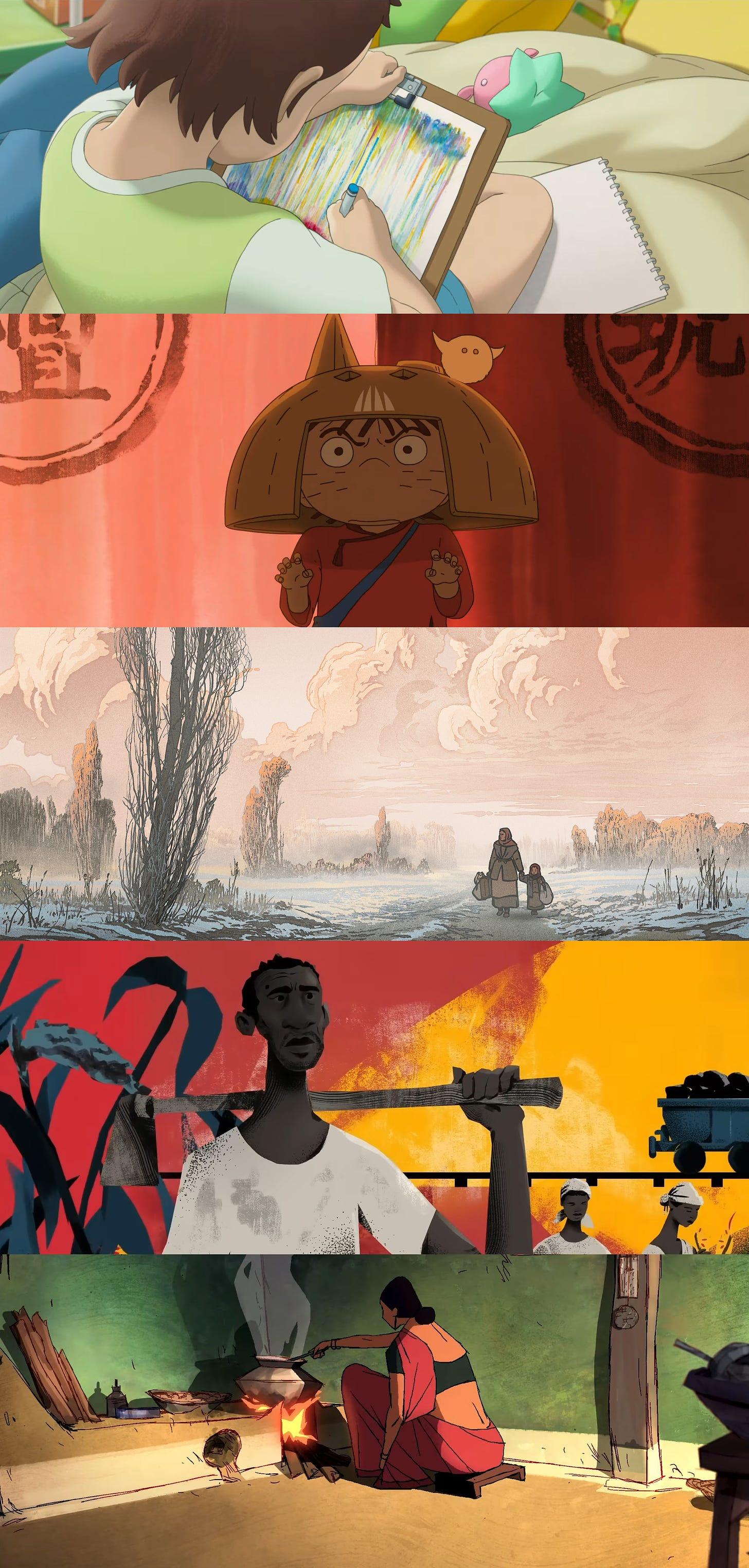
Closing out
The Annecy Festival is only getting more important in the animation world. And, despite its growing size, it continues to go off mostly without a hitch. Reportedly, the lines at MIFA were way down this year — all thanks to careful logistics.
The Annecy team is working hard: making this thing happen is a difficult, all-year job. Like one of Annecy’s leaders just told the French press:
It’s often imagined that after a festival or market like this, especially with its insane intensity, people go on vacation for a few weeks. Not at all. We rest for a day or two, and then get straight down to debriefing with the teams, to note and discuss what went well and what didn’t go so well. And from July onwards, we have a plan of attack. Because if we want everything we’ve imagined to become a reality by next June, we need to be working furiously right away.
On that note, Annecy’s 2025 dates and theme (Hungarian animation) have already been announced. The residency program is open for submissions, too.
We wanted to attend the festival this year but weren’t able to make it. Next year, it’s our top priority. Until then, we’ll keep watching as the Annecy team makes the 2025 edition a reality.
2 – Newsbits
Check out the short, hypnotic animation Origin, produced by Noodle in America. It plays with optical illusions in a really compelling way.
On the subject of Pakistan’s Glassworker, the team has posted a multi-part behind-the-scenes series on YouTube.
In Japan, Toshio Suzuki of Studio Ghibli commented on Ultraman: Rising, calling it “very interesting” to see an American take on Ultraman.
Sam Surplice, an animator in Denmark, has been sharing his rejected animation reference videos for Across the Spider-Verse. “It can often be the most time-consuming and frustrating part of the animation process,” he writes, “especially because we all have the urge to jump straight into Maya and start animating.”
Last week, we mentioned that China’s hit series Yao: Chinese Folktales is free on YouTube. Now, there are details and a poster for a feature-length spin-off of Nobody, the first episode. The film is due next year.
In Hungary, a new exhibition looks into those Red Bull ads, which continue to be animated on paper in the city of Pécs.
Wartime troubles for Russian animation: per a new report, there’s been a 70% drop in money from distribution abroad, and YouTube’s monetization ban has deeply cut into domestic investment. Animation software like Maya no longer updates, but teams are reluctant to switch.
Inside Out 2 is a megahit in America and around the world, taking in $295 million since Thursday.
Canadian animator Nick Cross (Over the Garden Wall) plans to release another film by the end of 2024.
Lastly, our article Moscow to Tokyo, Tokyo to Moscow covered the back-and-forth influence between Japanese and Soviet animation — and the splash that anime made in the USSR.
See you again soon!



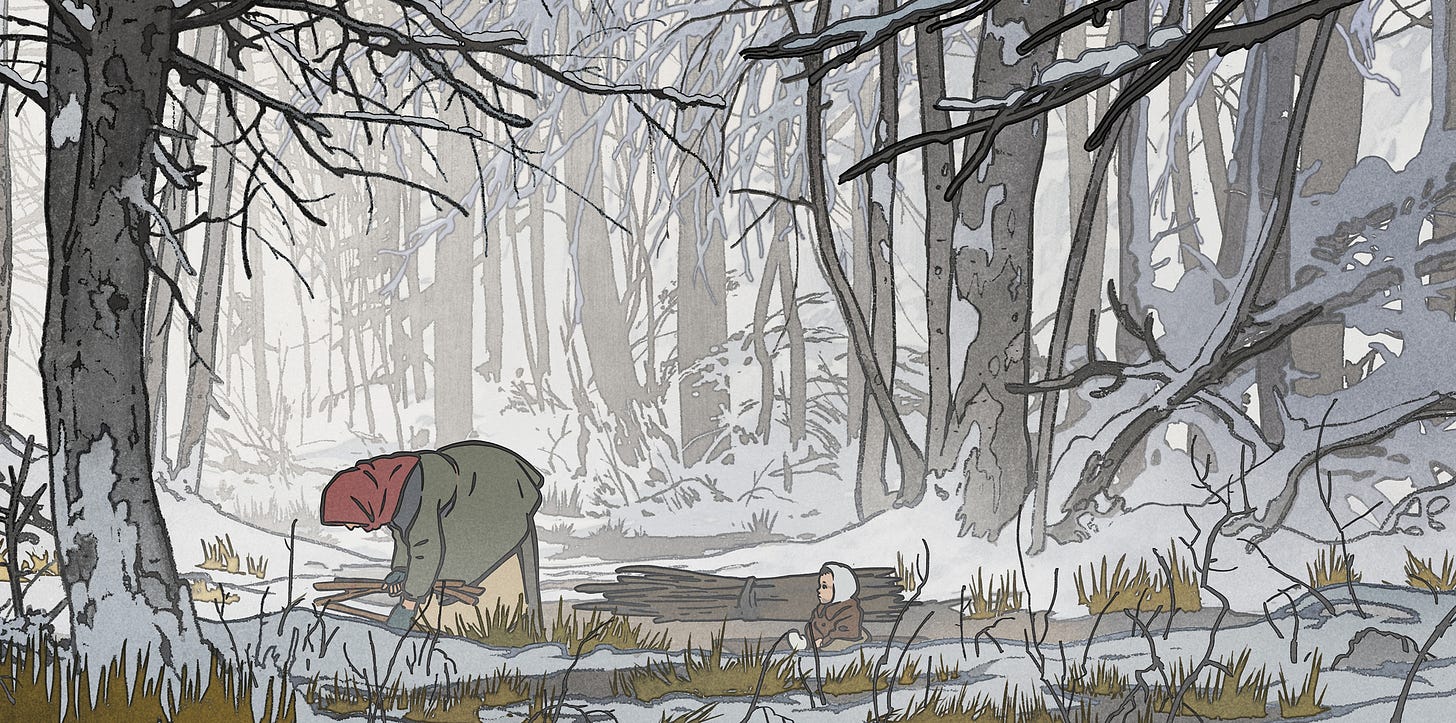
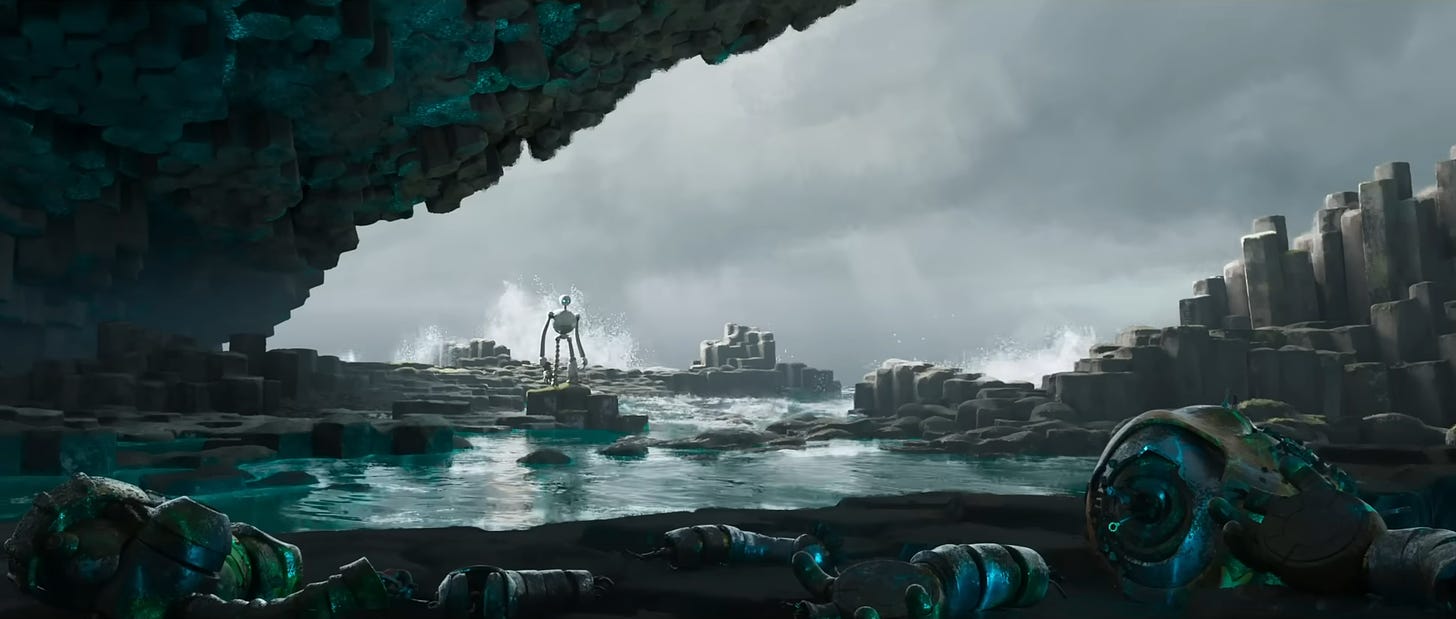
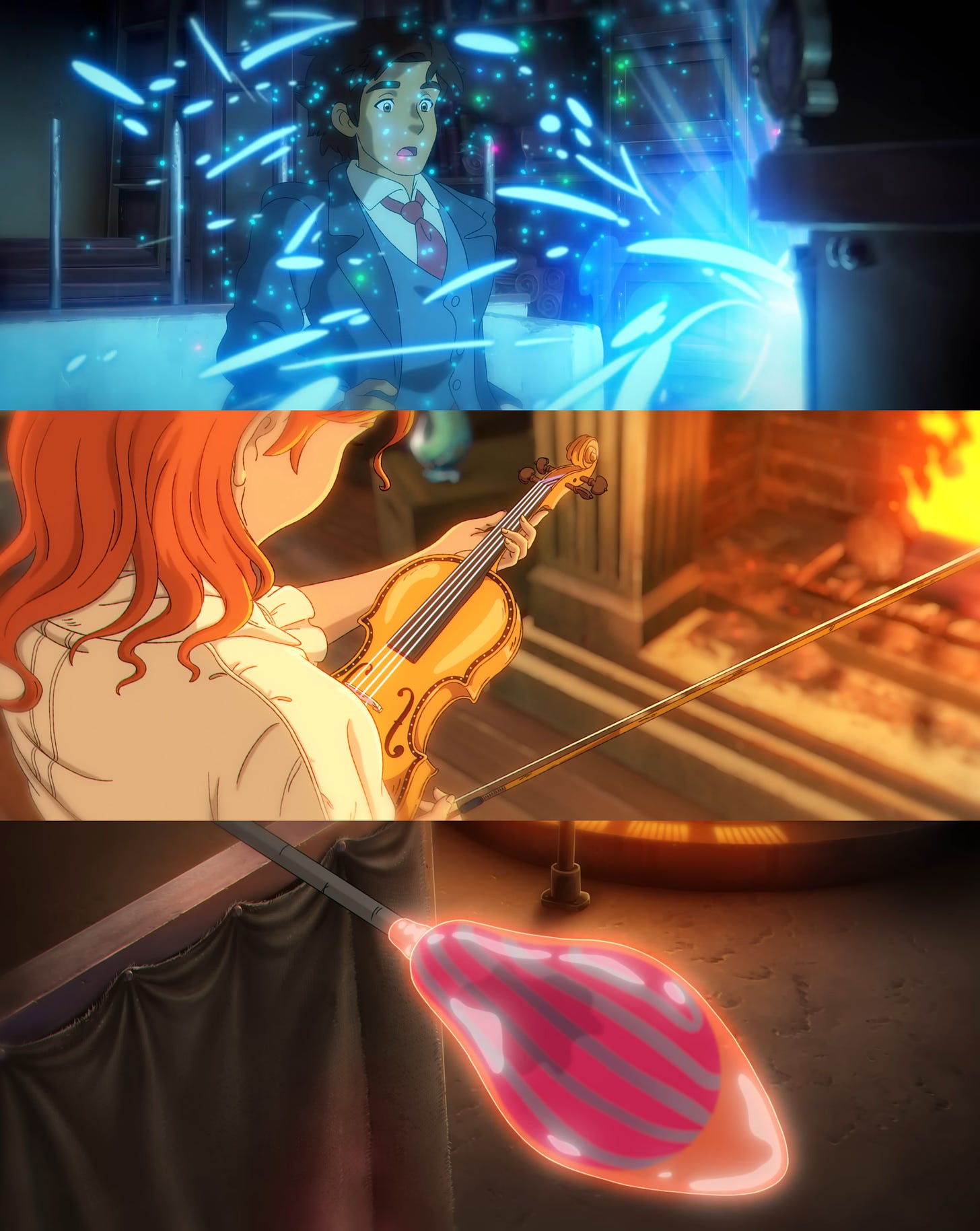
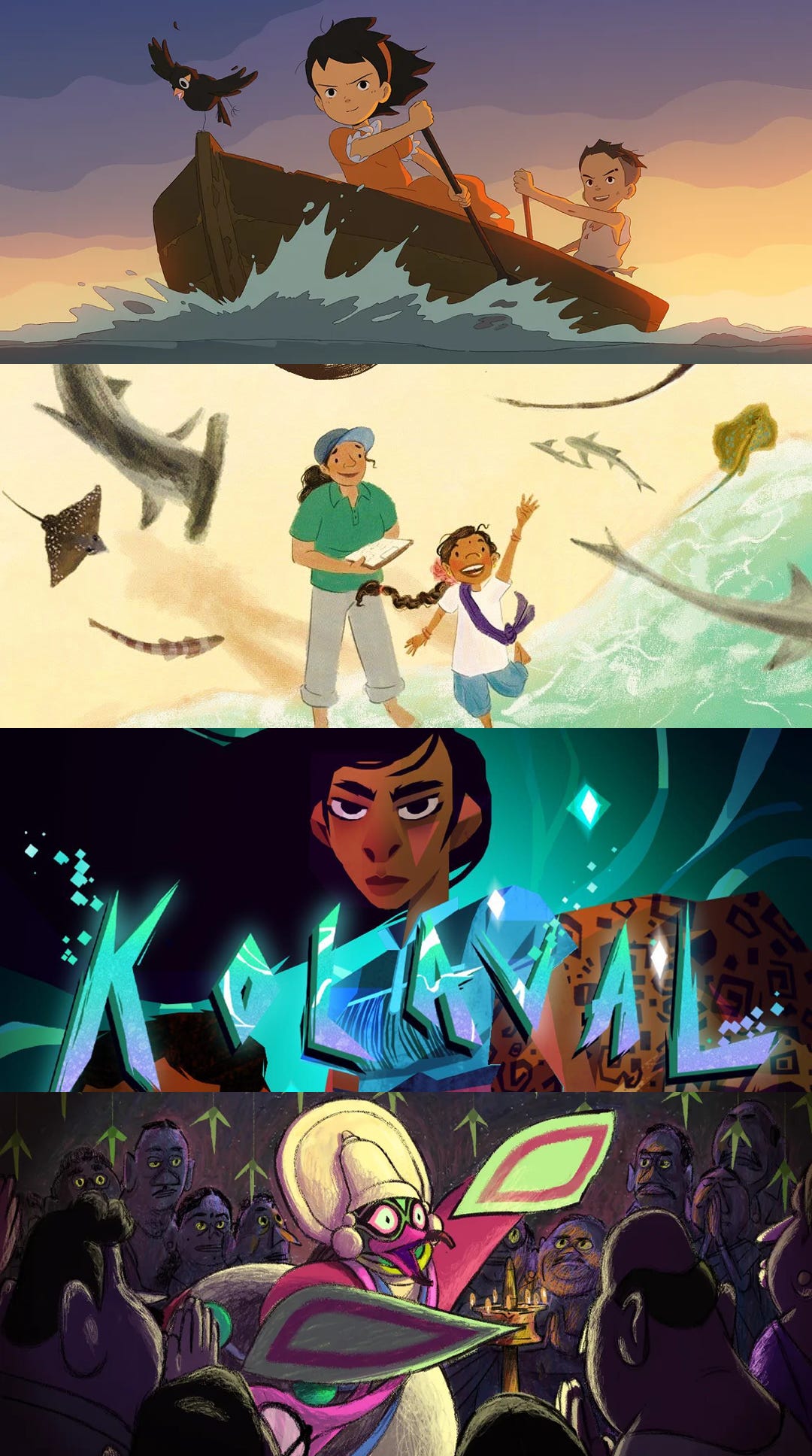
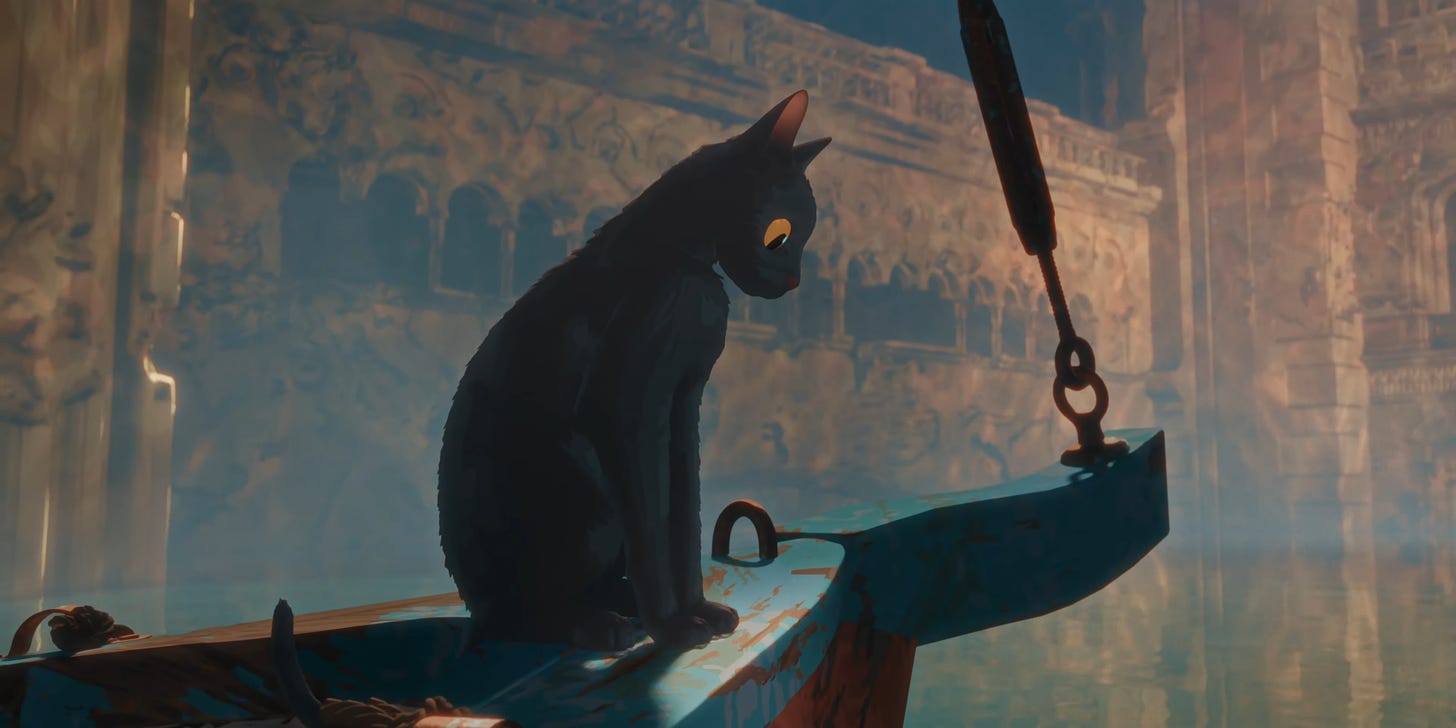
The Glassworker is the film that's really got my attention. There are very few things that can blaze a trail of inspiration these days. The Glassworker. The first full length 2d animated feature from Pakistan is one them. Congrats to the filmmakers involved with this historic project.
Wa, what a writeup. Annecy is so much - half the winners I didn't even see, and I can imagine everyone I met having had a completely different path through the festival. I share Busifan's feeling of a 'dream world' - there is nowhere like it, for that week each year. Wish I'd gone to one of the earlier screenings of The Storm so I could meet him!
I've still got a few days of my own path through Annecy to write up, but I had an amazing festival. It's weird being back in the UK and not saying 'bonjour' or rushing out with my badge on to get to Pathé or Bonlieu each morning. It's reinforced that I want to make films, by whatever means work for me, in the hopes of somehow being on that stage. (One of the directors at WTF2024 threw a paper plane back at the audience, saying 'I always wanted to do that').
You've covered most of the big trends here, but one thing that really struck me is that Korean animation had quite a presence this year. Not all in the main competition, but the 'midnight specials' block had both 'The Pig That Survived Foot and Mouth Disease', which was a fantastic, bleak drama, and 'Exorcism Chronicles' which was a blast with its silly yet incredibly stylish religious wizard battles. There was another Korean film in the Contrechamp category too, though I didn't make it to that one. It's very exciting to see domestic Korean animation stepping up, alongside the rise of donghua, and the other new animation industries you mention in the article. Maybe animation has always been worldwide, but it feels like this is something new.
On the anime front, I was so glad to be in the audience when Naoko Yamada went on stage before the screening of The Colours Within - she got a standing ovation as soon as she walked out, and again after the film - we know what we love haha. It's a shame she wasn't given any awards, but I suppose there are only so many to give out. The 'Look Back' screenings were also really fantastic, and there's some really exciting upcoming projects in the WIP section - the rotoscope running film 'Hyakuemu' by the On-gaku team, and the very pretty new yakuza film 'Housenka' by the Odd Taxi team.
I cannot wait to go again next year. One week really is not enough. À la prochaine, Annecy!